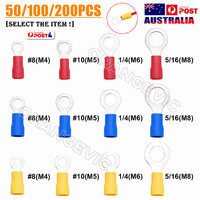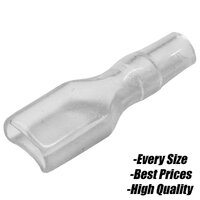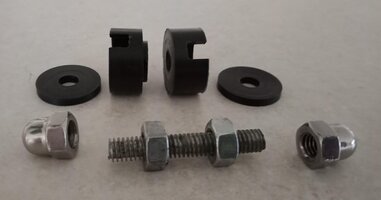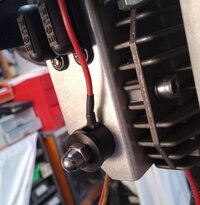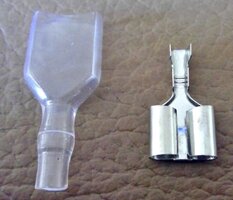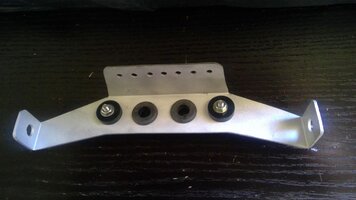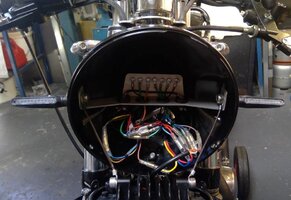What would be the proper gauge wire?
I've seen talk of 16 or 18. I'm not using any LED lights.
To save cash and use the most of it I would like to use a single gauge
for the entire bike. Also what insulation silicone? Is there something better?
And lastly I saw tin coated wire and am guessing if that's proper for connectors it
would be best for wire also....
I've seen talk of 16 or 18. I'm not using any LED lights.
To save cash and use the most of it I would like to use a single gauge
for the entire bike. Also what insulation silicone? Is there something better?
And lastly I saw tin coated wire and am guessing if that's proper for connectors it
would be best for wire also....



